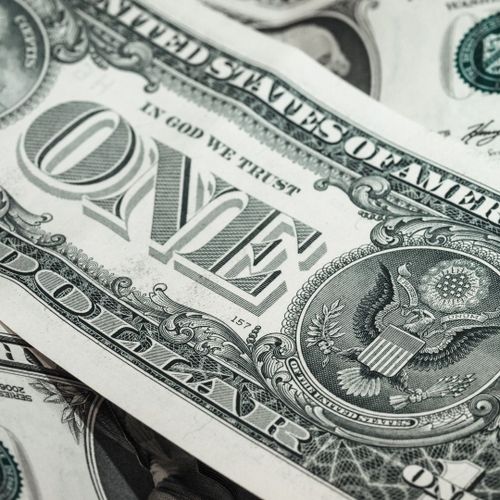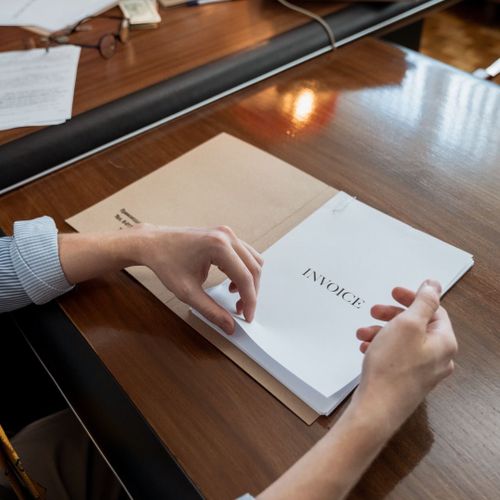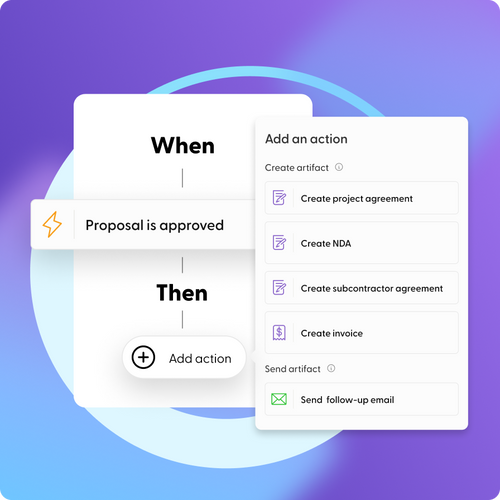Interior Design Proposal Template

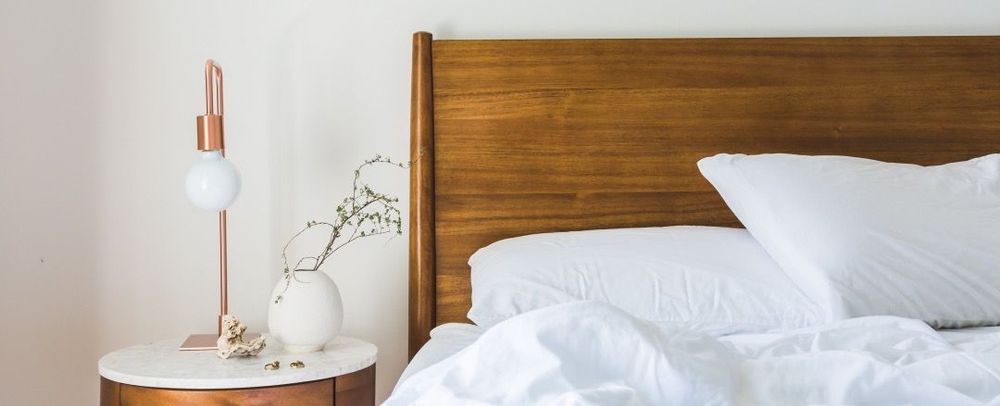
Introduction
Thank you for contacting me. I put this proposal together based on our conversations.
Here are a few quick observations:
- Tammy Coleman wants to refresh the interior design for the hair studio and aesthetician academy.
- Jana Groh will perform a few site visits for measurements and viewings.
- A full design plan will be drafted in 3D software for your to review and approve. Once the design has been approved, a full material and furniture purchase list will be generated.
- The final stage is the delivery of a plan for implementing the design. I am pleased to implement the design or refer you to trusted contractors who can supply quotes.
As you continue through this proposal, you will see how my freelance services can help you meet your design goals and your deadlines.
Why Jana Groh for interior design services?
My work enables companies like yours to reinforce their brands through pleasing and effective interior design. Using the right materials, colors, and layouts makes your space better for your customers and employees alike.
Here are some testimonials from previous clients:
- Jana Groh was great to work with. They quickly identified the look we wanted and delivered an excellent design. Previewing the design in 3D software was a real game changer for us. -Jill, Local Restaurant Owner
- Jana Groh is a brilliant professional. They completely redesigned the foyer and welcome center for our community center. All the feedback we received has been full of praise for the new design. -Tim, Chairman of Local Community Center
My clients value my professionalism, commitment to deadlines, and the results I give them.
Project description
Based on your information, Tammy Coleman wants to redesign the hair and beauty salon and academy to create a more contemporary, relaxed atmosphere for customers, students, and employees. There is a natural lull in business during August, so the design should be in place prior to the 3rd week of July to allow contractors to begin working at the beginning of August.
Interior design for business premises is my specialty. Many local businesses have used my services to revamp their layout, materials, and furniture. The results have always been praised and appreciated.
Objectives
Here is the plan for how my interior design services will meet your goals. Let me break down the specific targets and how they will be met.
- The first phase is a site visit or two. During the visit, I’ll take measurements of all the dimensions and we can discuss your design goals, budget, and available pieces.
- Following the site visit, I’ll prepare an initial design brief for you to review. This brief will be a simple overview, in broad strokes, of what we hope to accomplish with the design.
- Once you approve the brief, I’ll create a new design for you in 3D modeling software. You’ll be able to review the design as if you were walking into your premises.
- Once the design has been approved, a purchase list of materials and furnishings will be produced.
- I’ll also deliver a quote for installing the design myself. You can use this as a comparison for other quotes if you choose.
Any adjustments to the plans can be made by sending me a message via the Slack channel or by email at jana.groh@gmail.com.
Deadline and deliverables
I am committed to meeting your deadlines and delivering quality business work on schedule. Here are the milestones for this project:
- Site visit and kick-off meeting
- Design brief provided in PDF
- 3D Modeling preview viewable on my website’s client portal area
- Purchasing list provided in PDF
- Should you choose to use my installation services, your project will be managed beginning to end. This phase includes any painting, wallpapering, flooring installation, and decoration. Subcontractors will be managed to save time wherever possible.
My services have a reputation for organization, follow through, and prompt delivery. I take pride in this reputation and look forward to delivering exceptional results for Tammy Coleman.
Payment terms
Projects such as this one run for several months before they finish. To facilitate these projects, I offer a schedule of payments. Here are the payment milestones:
- 25% initial payment due upon signing the contract and before any work begins.
- A further 25% of the total will be invoiced once the initial design brief has been approved.
- The next 25% of the total will be due once the 3D design has been delivered and accepted.
- Payment of the remaining 25% will be due within two weeks of the final design approval, or used as a deposit for the installation services.
Electronic invoices will be sent once the contract has been signed and milestones passed. Each invoice is payable within 10 business days of receipt. Late payments may result in suspension of work and/or late fees as specified in the contract.
Agreement
Once you agree to this proposal, I will prepare a simple contract for this project. The contract will reference the terms of this proposal, including any amendments you suggest. If you agree to these terms, please sign below, and return this proposal to me.
Thank you very much. I look forward to working with you.
Signed
Tammy Coleman
How it works
Why Indy?
- Seal the deal with legally vetted contracts that protect your work, time, and money.
- Manage your tasks and clients with simple yet powerful to-do lists and boards.
- Record your time automatically and track which hours have been paid or need to be billed.
- Get paid fast with invoices and accept multiple payment methods right through Indy.
- Get a bird’s-eye view of everything due with a personal command center that monitors the status of your proposals, contracts, tasks, and invoices.
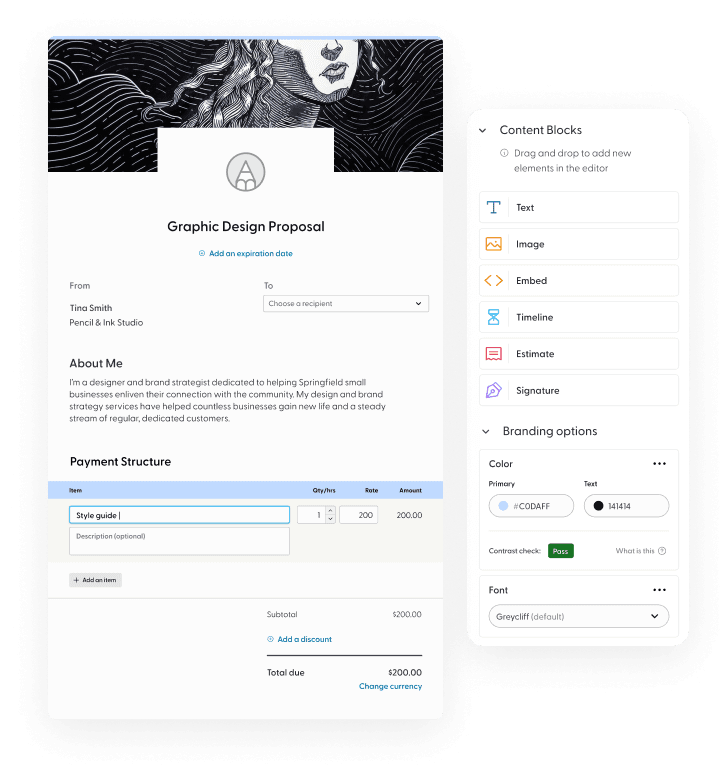
Interior Design Proposal Template FAQ
Indy University
Explore our blog for more info on making waves.


